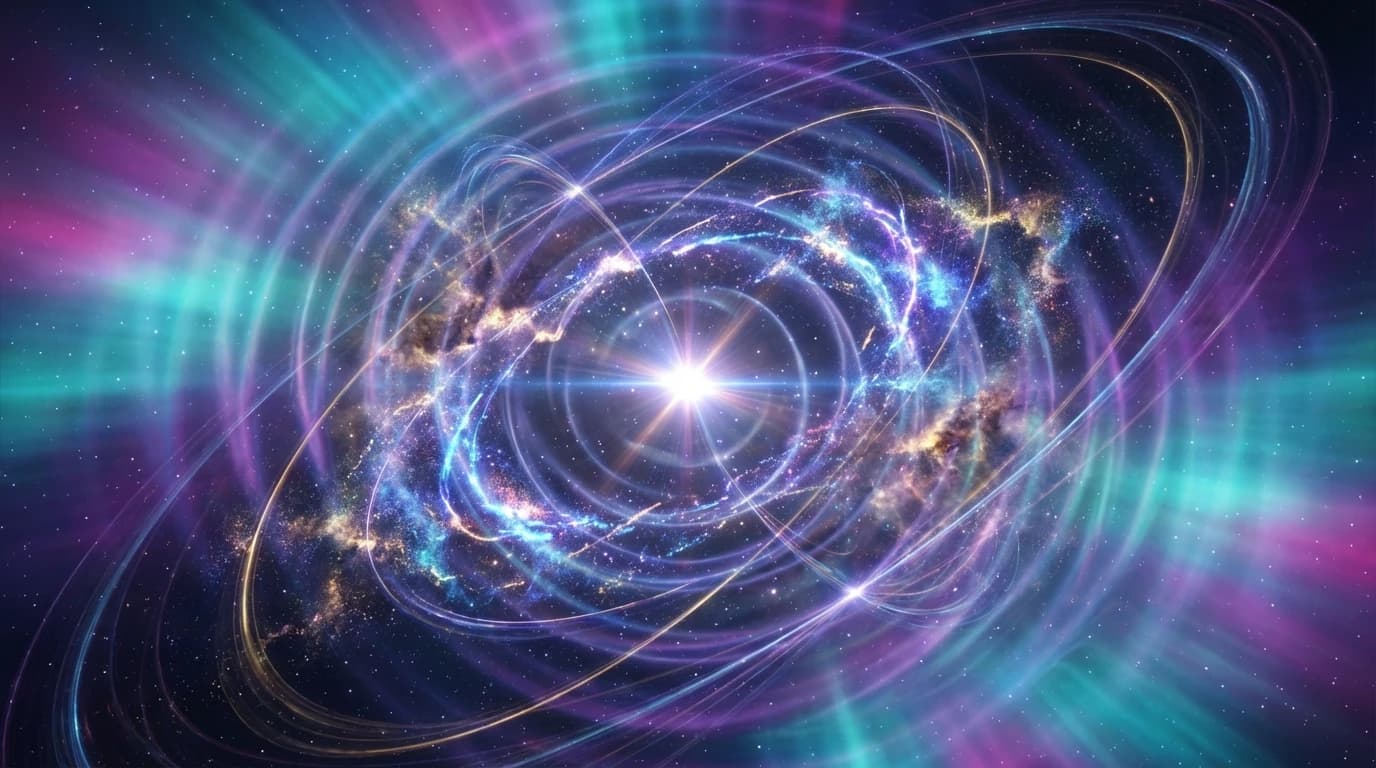Early Universe Mystery: A Black Hole That Outgrew Its Galaxy
Source PublicationNature Communications
Primary AuthorsTripodi, Martis, Markov et al.

Astronomers have analysed a peculiar object named CANUCS-LRD-z8.6, a member of the high-redshift galaxy population known as 'little red dots'. Discovered at a time when the universe was less than 500 million years old, this object hosts an active galactic nucleus—a feeding supermassive black hole.
The data reveals a stark anomaly: the black hole is estimated to be 100 million times the mass of our Sun. This makes it vastly over-massive relative to its host galaxy, deviating significantly from the relationship seen in the local universe where galaxies and black holes typically grow in sync. This suggests a scenario of early, rapid black hole growth that preceded the assembly of the galaxy itself.
Detailed spectral analysis shows broad emissions and high temperatures alongside low metallicity (a lack of elements heavier than hydrogen and helium), confirming the object’s primitive state. These properties challenge current computer modelling of cosmic evolution and indicate these objects may be the missing link to the luminous quasars observed in later epochs.